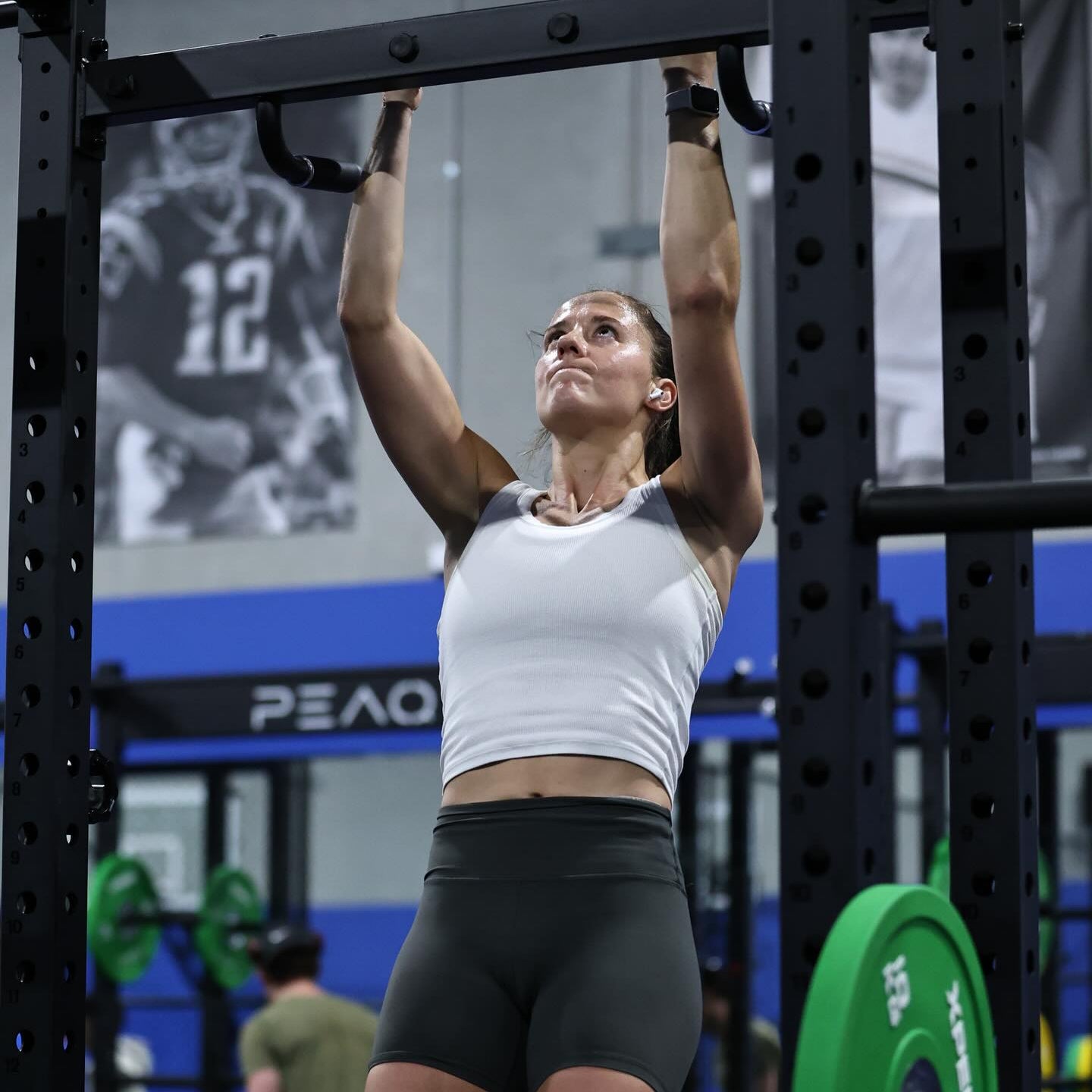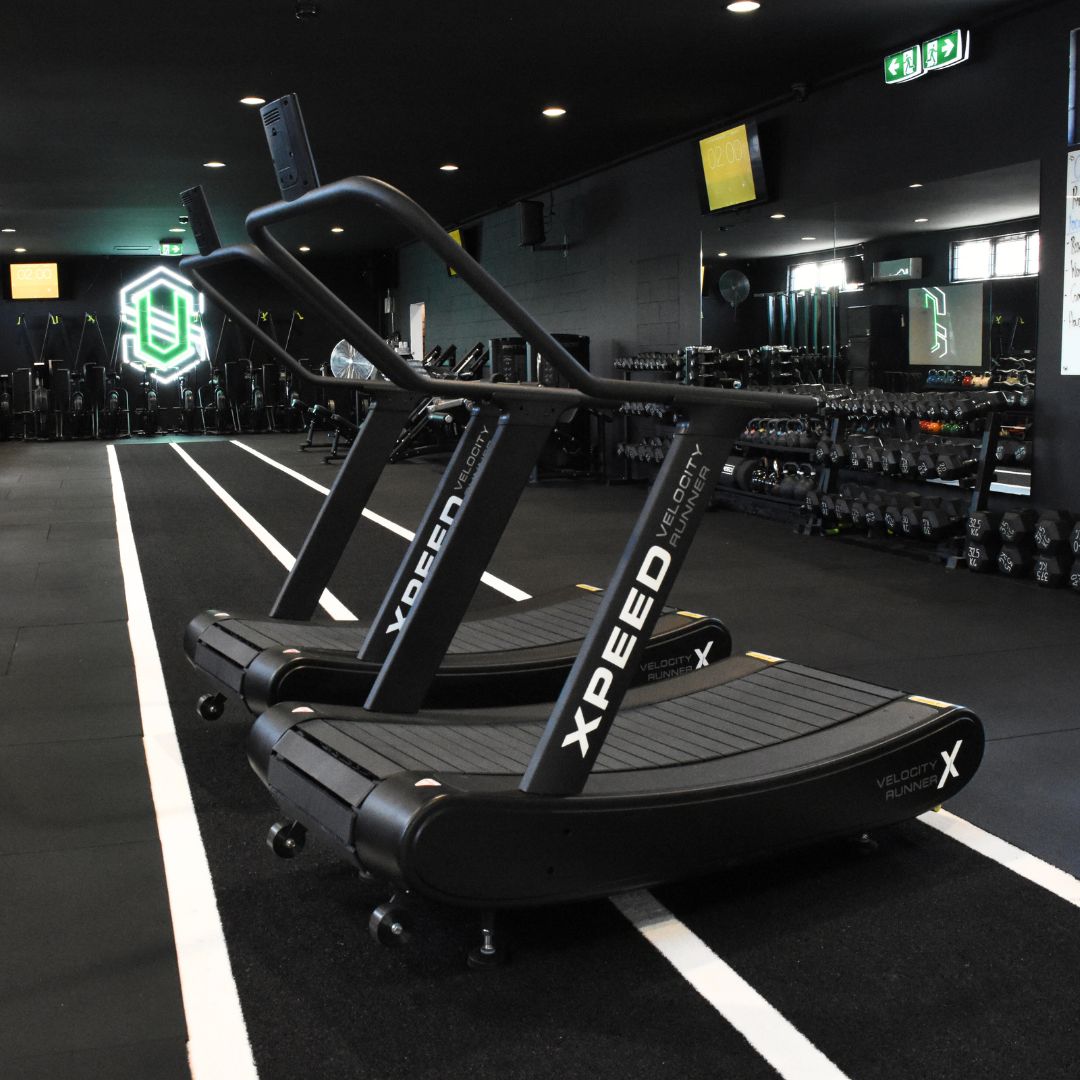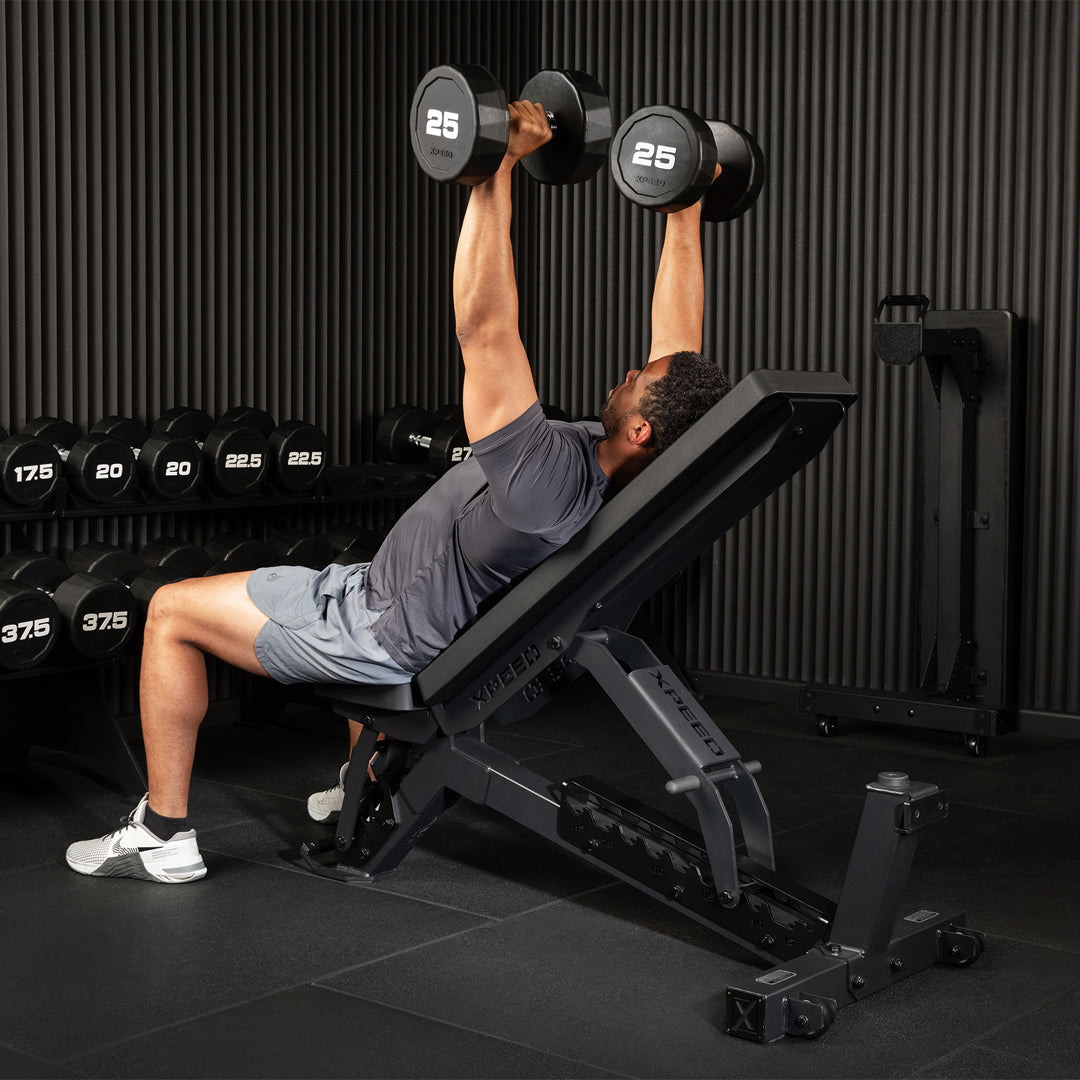Find Your Belt
Weight Lifting Belt Buyers Guide
Weightlifting belts are an essential piece of gear for anyone serious about lifting heavy weights. They're designed to provide the reinforcement your body needs, acting as a shield against potential setbacks. Whether you're a seasoned lifter or just starting your fitness journey, the right weight lifting belt can be the difference between doubt and confidence, injury and progress. In our comprehensive Weight Lifting Belts Buyer's Guide, we're not just introducing a variety of belts – we're offering a solution to a problem that all serious lifters face.
Join us as we delve into the world of weight lifting belts, helping you make informed choices that propel you toward your fitness goals. Buckle up, because in this guide, we'll take a closer look at three popular types of weightlifting belts: 4-inch, 6-inch, and neoprene.

4-Inch Weightlifting Belts:
A 4-inch weightlifting belt is a narrow belt designed to be worn around the waist during heavy lifts. The primary purpose of a 4-inch weightlifting belt is to increase intra-abdominal pressure, which helps to stabilise the spine and prevent injuries. Here are some key features of a 4-inch weightlifting belt:
- Provides extra support to the lower back and core during heavy lifts
- Can help to maintain proper posture during heavy lifts, reducing the risk of injury to the spine and improving overall lifting form
- Suitable for a wide range of lifting activities, including powerlifting, weightlifting, and bodybuilding
- Can be easier to adjust than wider belts
- May be more comfortable for some lifters who prefer a narrower belt
6-Inch Weightlifting Belts:
A 6-inch weightlifting belt is similar to a 4-inch belt, but with a wider back portion. The primary purpose of a 6-inch weightlifting belt is to provide greater coverage and support to the lower back and core during heavy lifts. Here are some key features of a 6-inch weightlifting belt:
- Provides increased coverage and support to the lower back and core during heavy lifts
- Can help to distribute pressure more evenly, enhancing stability during heavy lifts
- Suitable for a wide range of lifting activities, including powerlifting, weightlifting, and bodybuilding
- Can be adjusted to fit a wider range of waist sizes than a 4-inch belt
- May offer more comfort to some lifters by distributing pressure over a wider area.
Neoprene Weightlifting Belts:

Neoprene weightlifting belts are made of a stretchy, synthetic material that conforms to the shape of the body. The primary purpose of a neoprene weightlifting beltis to provide support and comfort during heavy lifts. Here are some key features of a neoprene weightlifting belt:
- Made of a stretchy, synthetic material that conforms to the shape of the body
- Provides support and comfort during heavy lifts
- Suitable for a wide range of lifting activities, including powerlifting, weightlifting, and bodybuilding
- Often more affordable than leather weightlifting belts
- May be more suitable for lifters who prefer a softer, more flexible belt.
Which Belt is Right for You?
Final Thoughts
When choosing a weightlifting belt, it's important to consider factors like fit, comfort, durability, and price. Look for a belt that's made of high quality materials and construction, with strong stitching and a solid buckle like the Xpeed belts. Leather belts are generally more durable than neoprene belts, but may be more expensive. When it comes to fit, make sure to measure your waist accurately and choose a belt that fits snugly but comfortably. Finally, consider the price of the belt, and look for one that fits within your budget while still meeting your needs. With these factors in mind, you can choose a weightlifting belt that will provide the support and stability you need to lift heavier and safer.

Author
Simon Mitchell
Written by Xpeed Brand Manager, Simon Mitchell. Simon has a Bachelor of Human Movement, is a certified FMS trainer and has worked in the fitness industry since 2003. Simon started his fitness journey as a trainer with iNform Health and Fitness before moving into commercial radio and then back into fitness with Bodyism in the United Kingdom and Australia. A career highlight was being one of Daisy Ridley's personal trainers on Star Wars IX - The Rise Of Skywalker.
Education
See more workout suggestions and articles from the Xpeed team
Protect Your Hands
Explore training & weightlifting gloves to support your heavy lifting






































